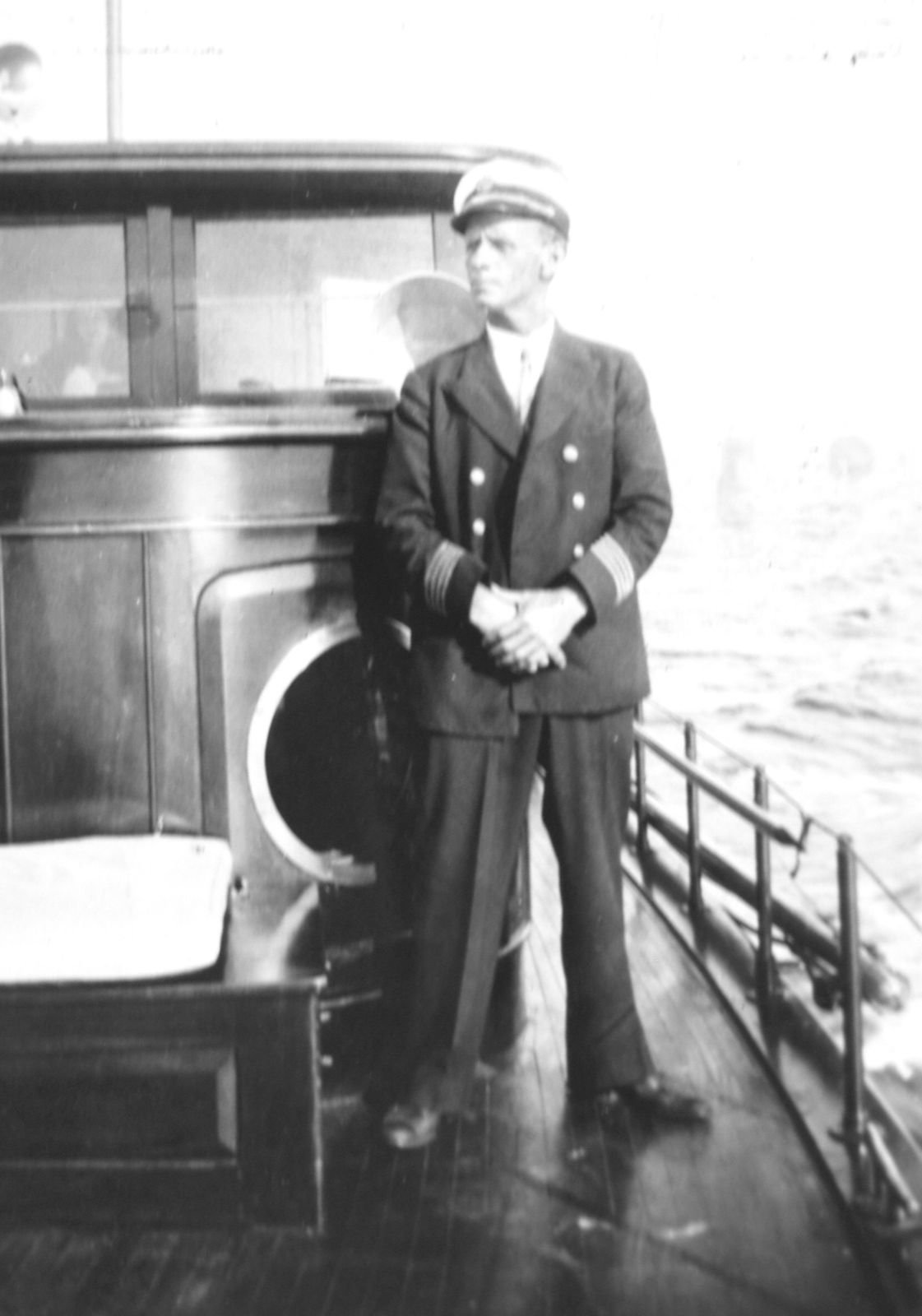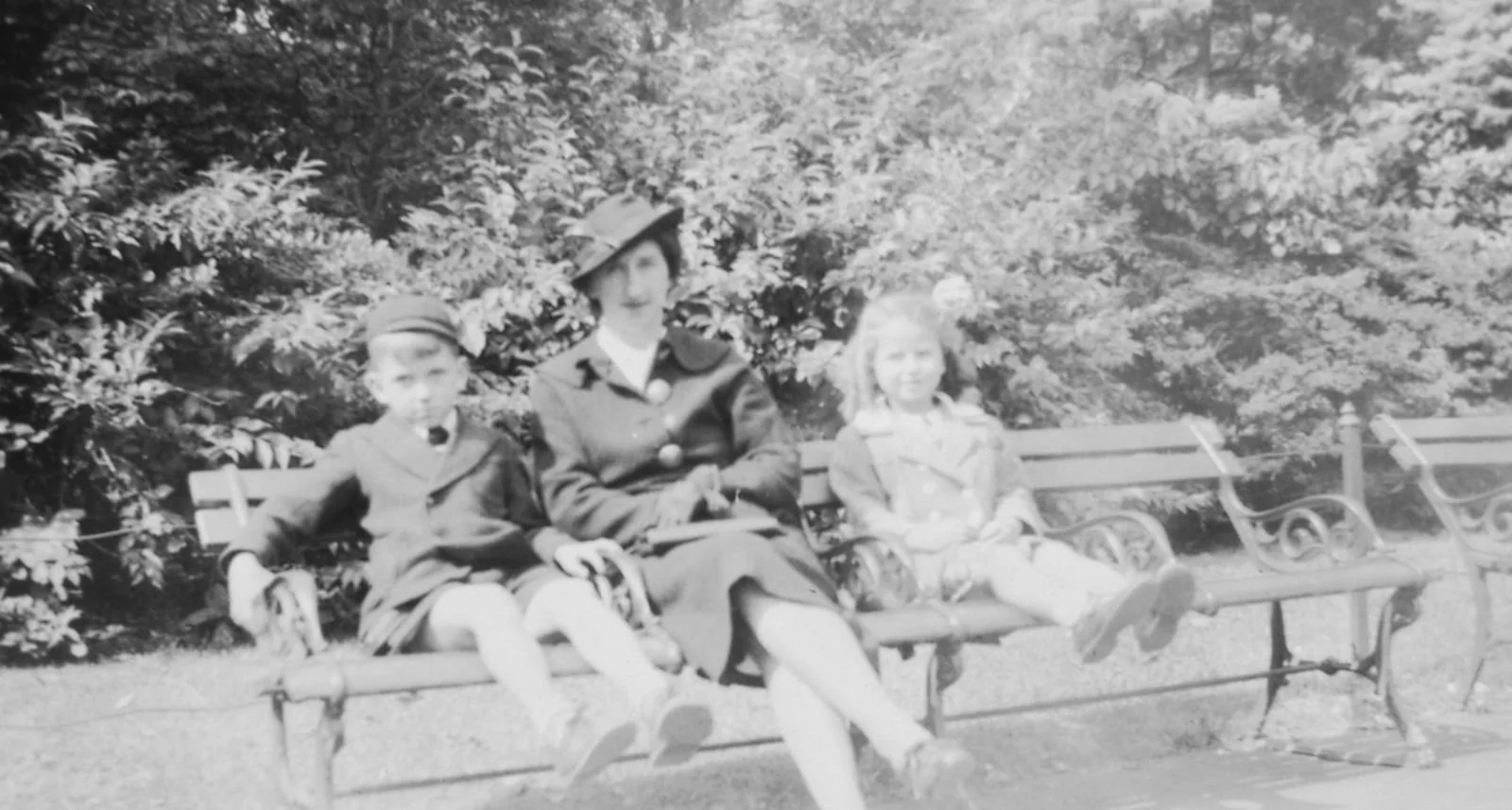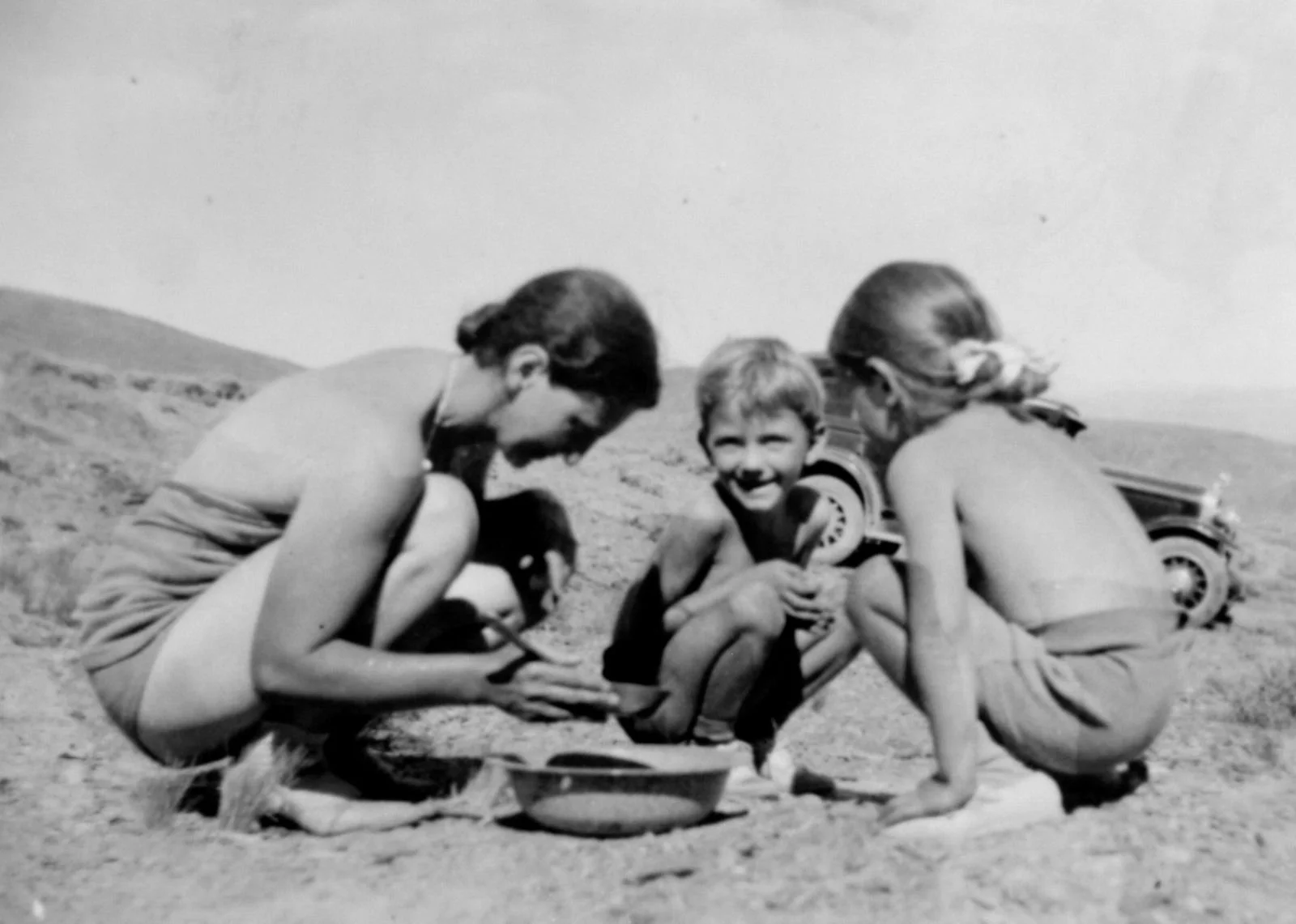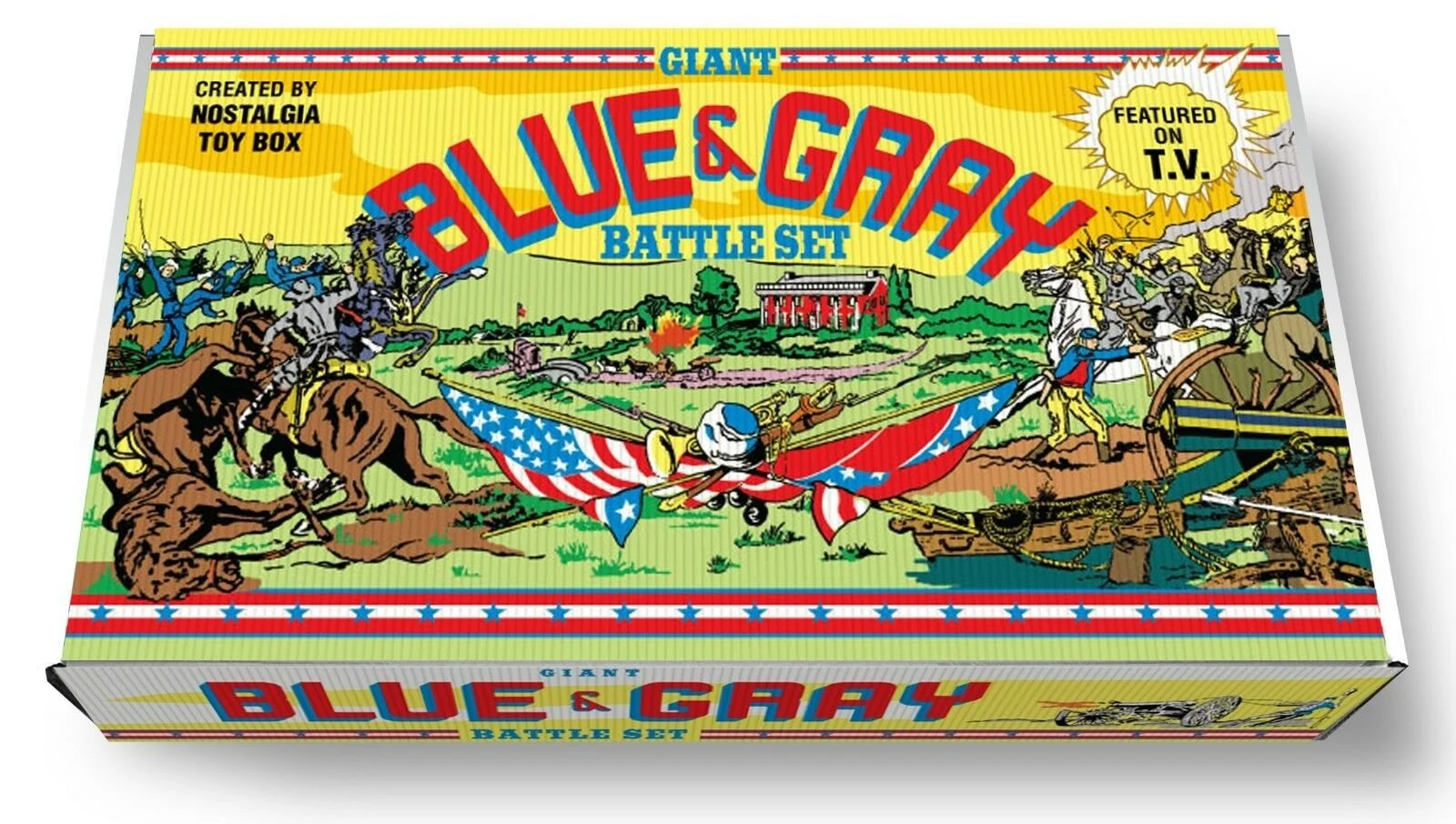Happy St. Patrick's Day, Sarah
My maternal grandmother Sarah McEvoy was the only grandparent I ever knew personally.
She was born on 4 February 1892 in a Townland called Graigueafulla in Clonaslee district in Queens County, rechristened “Laois” County after British-themed place-naming became somewhat unfashionable.
Sarah first shows up in the 1901 Census in Ireland, and it’s good here to have some sort of verification of her age, because my great aunts and grandmother had a notorious habit of lying about their age, which tended to have a somewhat cascading effect on everyone else’s age since they were all bunched so closely together.
And Sarah’s name is not the only one who shows up. There’s a baker’s dozen plus one of McEvoys that make their presence known in the 1901 Census — Father Martin, Mother Kate, Martin’s sister Sarah, and kids Patrick, Martin, Joseph, Edward, Mary, Margaret, Sarah, Michael, Kate, Elizabeth, and George. One sibling, John, died at age five from “paralysis” on 2 May 1889 before she was born.
I do find myself wondering a bit about how all these kids were conceived when I look at a secondary census form. According to that form, their house had three rooms and three windows in the front of the house, so privacy for these 14 people must have been a somewhat comical concern. But I guess where there’s a will there’s a way. They also had a stable, a cow house, a “piggery” (cool name), and a chicken coop.
By the time of the 1911 Census, things had changed a bit. In terms of the animals, things were looking up. There was a stable, but now there were 2 houses each for cows and calves. Three — count ’em — piggeries; I’m not sure how that breaks down into actual pigs. Plus, two chicken coops, a shed, and a barn. Living high.
Not so good on the human side. The number of people in the house in 1911 was down from 14 to 8: Father Martin, Mother Kate, Edward, Mary, Sarah, Michael, Kate, and Elizabeth.
What happened to the rest of them?
Sarah’s aunt, for whom she must have been named, died sometime between the 1901 Census and 1911 Census.
Sarah’s little brother George (1 year old at the time of the previous census) died on 6 August 1902 at 3 years old from “probably spinal disease and secondary paralysis.”
Patrick, the oldest in the family, died on 13 November 1905 at 24 from asthma complications.
Her older sister Margaret left for America on 4 June 1908 from Queenstown (a seaport town on the south coast of County Cork aboard the S.S. Umbria).
Her brother Joseph left a year later, 26 August 1909, aboard the S.S. Teutonic.
Still to come, her brother Martin will die in 1913 at age 30.
Yikes.
Fast forward a bit, and I find Sarah on the deck of the S.S. Adriatic in 1924 headed for America. Sarah arrived in the U.S. on November 17, 1924, traveling with her sister Elizabeth. Somewhere along the way in the late 1920s — after arriving in the United States in November 1924 — my grandmother Sarah found herself in Florida. I’m kind of amazed at this degree of mobility for a newly arrived immigrant in 1920s America.
Sarah and John Oliver Manson were married at St. Anthony’s Church in Ft. Lauderdale on 13 November 1929. Astute examiners of the marriage license application will note three things: 1) My grandmother’s occupation is listed as nurse, the only time any of us ever heard of that; 2) The application notes that neither of them had ever been married before. This was perhaps to expedite the marriage by a Catholic priest, since I don’t think the whole divorce thing was in play at that point; and 3) The apparently variable spelling of both her first name (listed here as Sara) and last name (listed as McAvoy, which some of the relatives continue to go by).
My mother grew up in what would today be called a single-parent household, but back then they probably had some sort of other label that was not terribly attractive. I am not sure where everyone thought her father -- my grandfather John -- actually was, but he sure wasn’t where the rest of the family was.
Prior to the Depression, my grandfather had done well for himself, so perhaps a sea captain represented something of a catch for my immigrant grandmother. Unfortunately for my grandmother, their wedding date corresponds almost to the day with Black Tuesday (beginning the stock market crash and the Depression). My grandfather lost everything during the Crash, except his wandering spirit. My mom tells stories of her father selling pencils door-to-door.
There was a gold stake in Nevada somewhere along the story in the 1930s. I have an old picture of my mother, her brother, and my grandparents John and Sarah panning for gold. It looks like something out of the Grapes of Wrath, shifting the scene from agriculture to the mining of precious metals. My grandfather died in 1945 in Reno, Nevada (a good place for a risk taker) and was living at the time with a non-existent “sister.”
My grandmother Sarah found out that he died by writing to the VA and inquiring as to his whereabouts.
Years later, my mother discovered that he died from a self-inflicted gunshot wound when she conducted her own genealogy quest and requested his military records.
My grandmother never went back to Ireland, although she did regularly buy a ticket to the Irish Sweepstakes. I grew up hearing about the Irish Sweepstakes and sometimes seeing tickets for it. I often wondered exactly how you would collect on a winner, and when exactly the drawings were. I read now that a network of old IRA men sold the tickets and collected the proceeds. This makes sense as a place where my grandmother would invest her limited funds because of the “attempting to blow up police stations back in Ireland” thing and leaving the country under some duress.
I remember going to my grandmother’s apartment in the Bronx where she lived until she died. She worked as a maid at the Barbizon Plaza Hotel in New York City for years and years. The Barbizon Plaza hotel was located south of Columbus Circle and the property was purchased a few years ago by Donald Trump. As Billy Pilgrim might say, “So it goes.”
My grandmother was not a wealthy person, but she bought the clarinet that would set me on the path of a lifetime of music loving. She took my brother and me to Florida when I was 12, knowing deep down that she was already suffering from the brain cancer that would kill her.
After she died, I found a copy of the New York Daily News from August 16, 1948, in her apartment, kept because it was the day that Babe Ruth died. I wonder what that was about. We had her dresser in our basement for a long time after she died. Every time you opened a drawer in that old dresser for years afterwards, you would get a vague scent of her perfume.
The only grandparent I ever knew, whose force of character set the stage for the family we would become.
Happy St. Patrick’s Day, Sarah.











